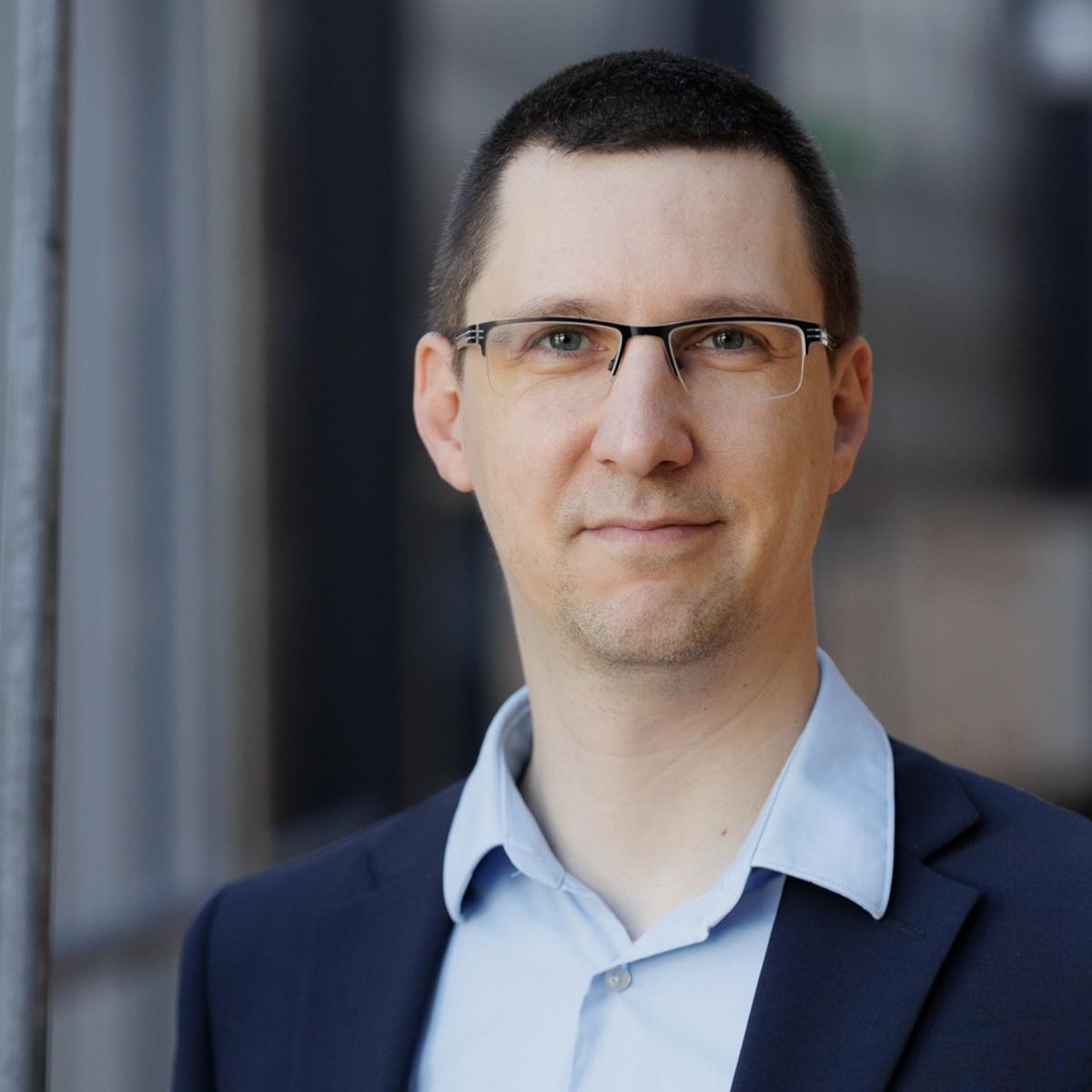HZB researcher Dr. Robert Seidel receives two million euros for hydrogen catalyst project
Physicist Dr Robert Seidel has been awarded a Consolidator Grant by the European Research Council (ERC). Over the next five years, he will receive a total of two million euros for his research project WATER-X. Seidel will use state-of-the-art X-ray techniques at BESSY II to study nanoparticles in aqueous solution for the photocatalytic production of "green" hydrogen.
With the Consolidator Grant, the ERC supports researchers with several years of experience who are now planning a large-scale research project. The physicist Robert Seidel is an expert in X-ray methods at BESSY II. In high-profile published studies, he has already shown that water still holds many surprises.
Focus on photocatalysis and green hydrogen
In his ERC project WATER-X, he is focusing on the process of photocatalysis, in which water molecules are split into hydrogen and oxygen. If the energy required for the catalysis comes from renewable sources, the hydrogen produced is considered "green". Hydrogen will play an important role in the fossil-free energy system of the future, whether as energy storage, fuel or raw material for industry. However, catalysts are needed for a highly efficient process, and this is where the WATER-X project comes in.
Innovative research methods
"In WATER-X, we will investigate the ultrafast processes on catalytically active nanoparticles in water that can be activated by light," says Seidel. While the entire photocatalytic water splitting process is relatively slow (milliseconds to seconds), the light-induced processes on the catalyst particles are so fast (picoseconds to nanoseconds) that they have been very difficult to study experimentally. The team will focus on four different transition metal oxides that can be activated by light (photons) and are considered interesting candidates for inexpensive and efficient catalysts.
Seidel will investigate these picosecond processes at the interfaces of transition metal oxide nanoparticles in water by combining the "liquid microjet setup" at BESSY II with time-resolved femtosecond laser photoelectron spectroscopy. For the first time, short-lived molecular intermediates and their decay mechanisms could be precisely observed experimentally.
Goal: Development of efficient catalysts
"At the end of the WATER-X project, we will understand the light-induced processes between catalyst nanoparticles and water much better and also, how to improve them," says Seidel. This could significantly accelerate the development of novel, highly efficient catalysts for many purposes, not just green hydrogen.
The WATER-X research project is funded by the EU under the project number 101126299. WATER-X: PHOTO-INDUCED ELECTRON DYNAMICS AT THE TRANSITION-METAL OXIDE–WATER INTERFACE FROM TIME RESOLVED LIQUID-JET PHOTOEMISSION
Powerhouse of the future: Berlin and Brandenburg are driving the transition to renewable energies
In the capital region, energy technologies play a key role in the national energy supply and the transition to renewable energies. Berlin and Brandenburg are leaders in this field and serve as role models in the national and European context. By networking companies and research institutions, they are significantly promoting cross-border innovation potential in the field of renewable energies and energy technology.
For further information about the growth industries, economic development, business and technology support for companies, investors and scientific institutions in the Airport Region Berlin Brandenburg please contact:
Sandra Koletzki | sandra.koletzki(at)airport-region.de
(Source: HZB Helmholtz Zentrum Berlin, 03|04|2024 | “ERC Consolidator Grant for HZB researcher Robert Seidel”)
